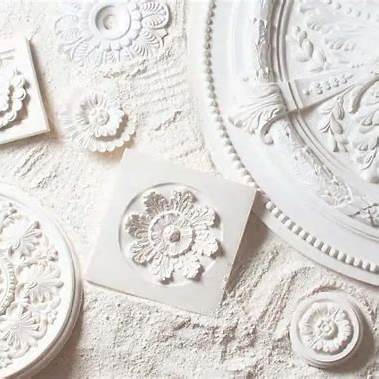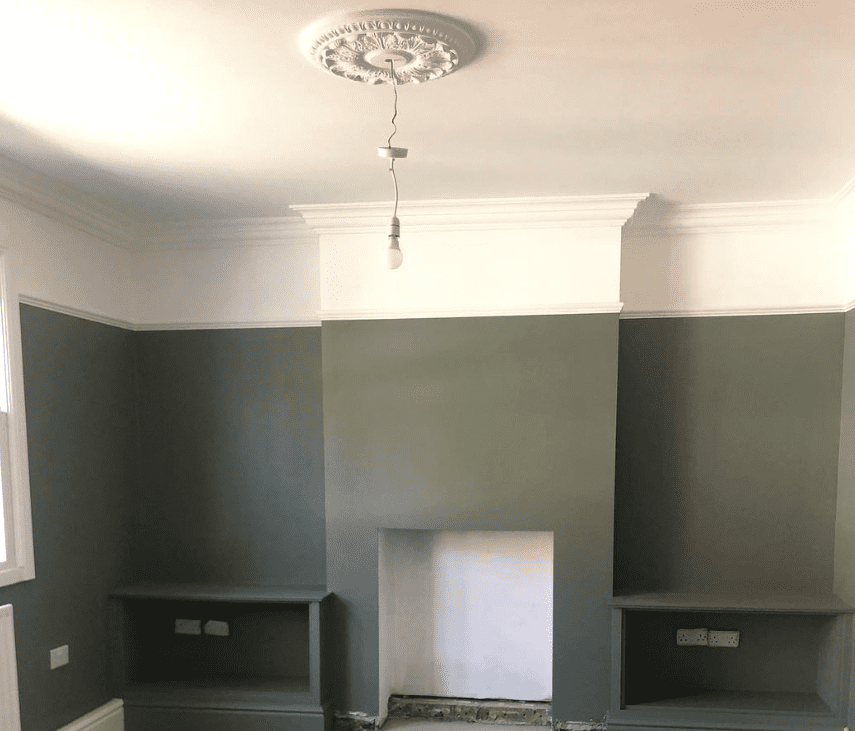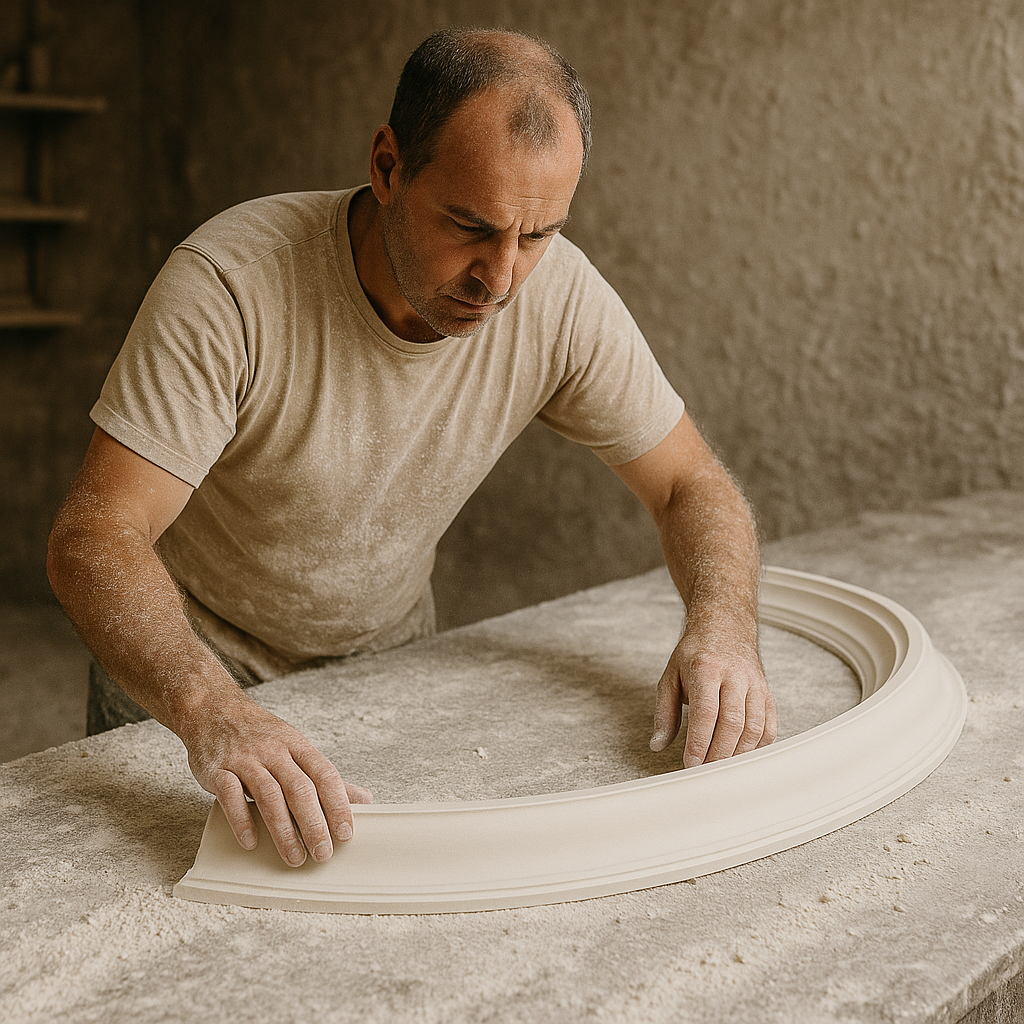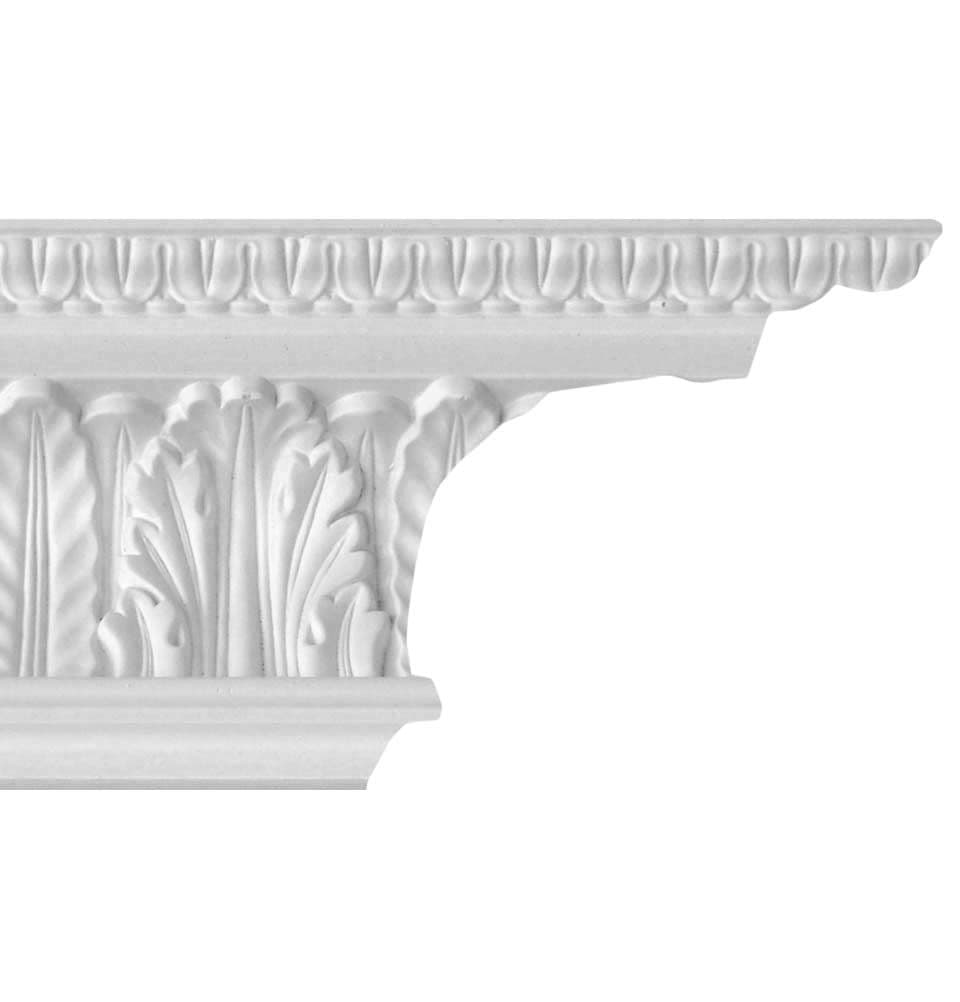For generations, decorative plaster mouldings have played a key role in enhancing the interiors of homes and buildings, bringing a sense of elegance, character, and sophistication to any space. But where did this tradition begin, and how has plaster coving evolved over time?
Ancient Beginnings
Plaster coving—also referred to as cornice moulding—has its roots in ancient Greek architecture, where it was used to embellish the tops of walls and columns. The Romans soon adopted and expanded upon this technique, incorporating ornate mouldings into their grand architectural designs to convey status and artistic expression.
Evolution Through the Ages
As architectural styles progressed through the centuries, so too did the complexity of plaster mouldings. During the Renaissance, plaster coving became a hallmark of Baroque and Rococo architecture, showcasing highly intricate, decorative motifs that reflected the opulence of the time.
The Industrial Revolution marked a turning point in production. Thanks to the invention of reusable moulds, plaster coving could now be mass-produced, making it more affordable and widely available. This brought decorative plasterwork into the mainstream, particularly in Victorian and Edwardian homes, where it became a staple of interior design.
In the early 20th century, the rise of Art Nouveau and Art Deco influenced the design of coving, introducing more geometric and stylised patterns to reflect the modern aesthetic of the era.
Modern Use and Versatility
With the advent of Modernism, coving took on a more understated, minimalist appearance—but it never lost its appeal. Today, plaster coving continues to be a popular decorative choice in both classic and contemporary settings.
Advancements in materials and manufacturing now allow coving to be produced not only from traditional plaster but also from lightweight gypsum and polyurethane, enabling more elaborate and varied designs that suit any architectural style.
Beyond aesthetics, coving also serves practical purposes. It helps smooth the transition between walls and ceilings, softens sharp room angles, and conceals imperfections in joinery, resulting in a clean, cohesive finish.
Why Choose Us?
At Plaster Coving Ltd, this craft is at the heart of everything we do. It's not just our name—it's our specialty. We manufacture high-quality plaster coving, import handmade decorative mouldings, and produce our own plaster ceiling roses right here in North Yorkshire. Our wide range of styles ensures there's something for every taste, from traditional to modern.
The rich history of plaster coving is a testament to its enduring beauty and timeless appeal. We hope this article has deepened your appreciation for this classic design element. Thank you for reading, and we warmly invite you to explore our collection to find the perfect finishing touch for your home or project.










